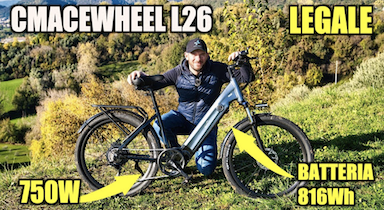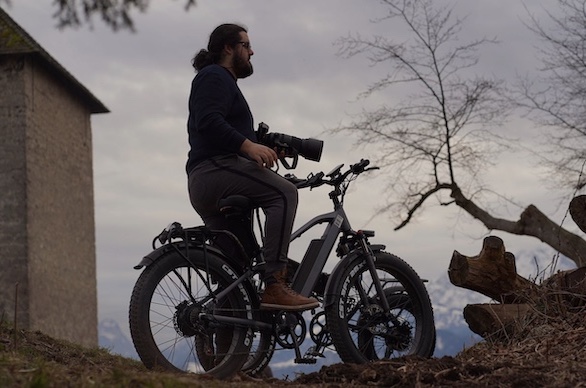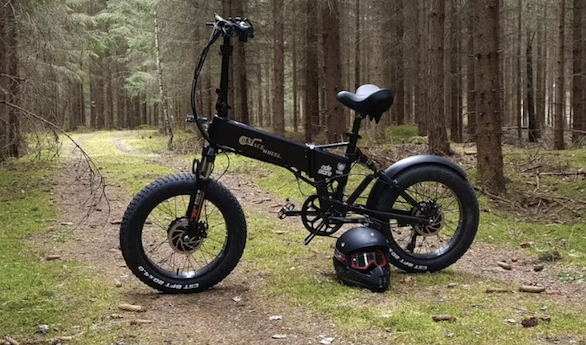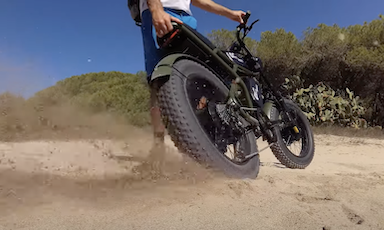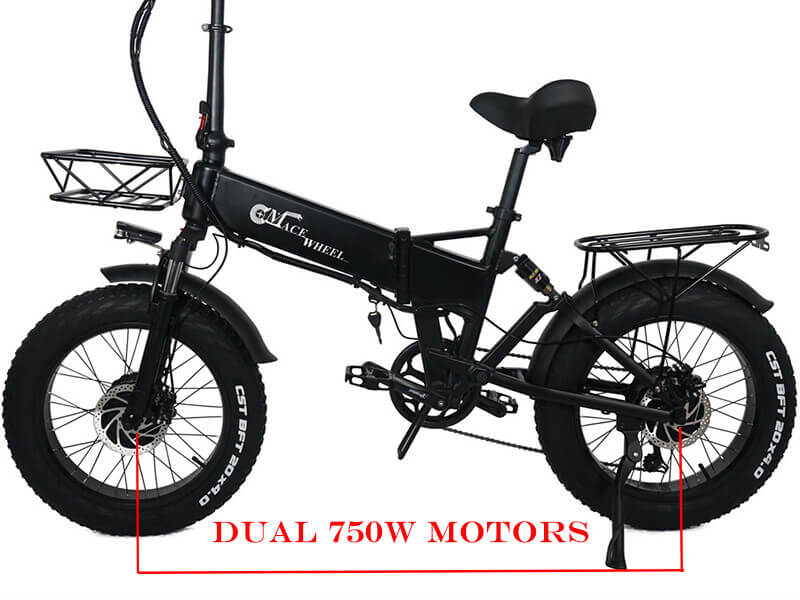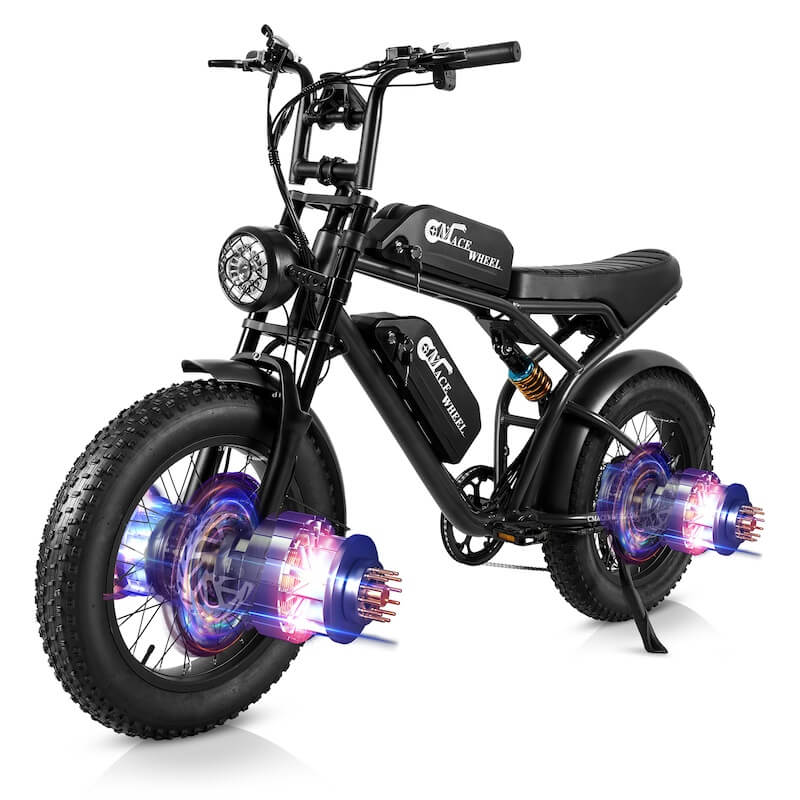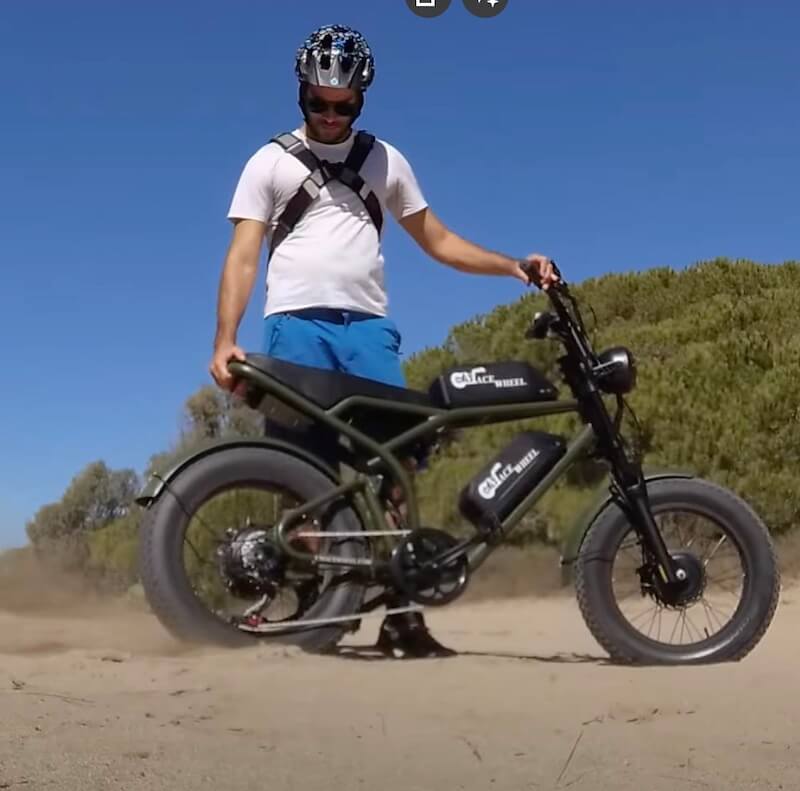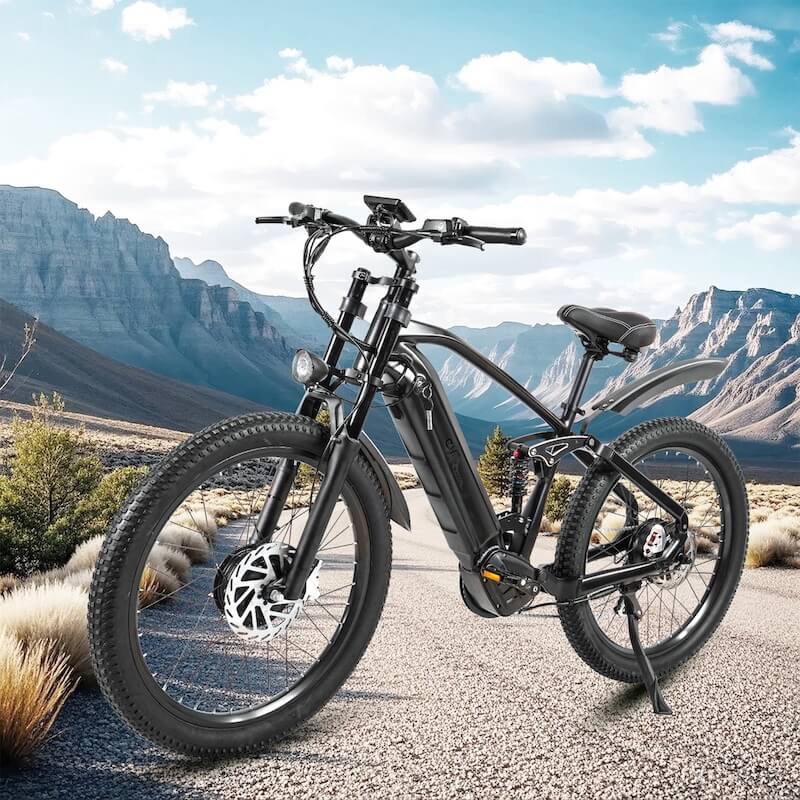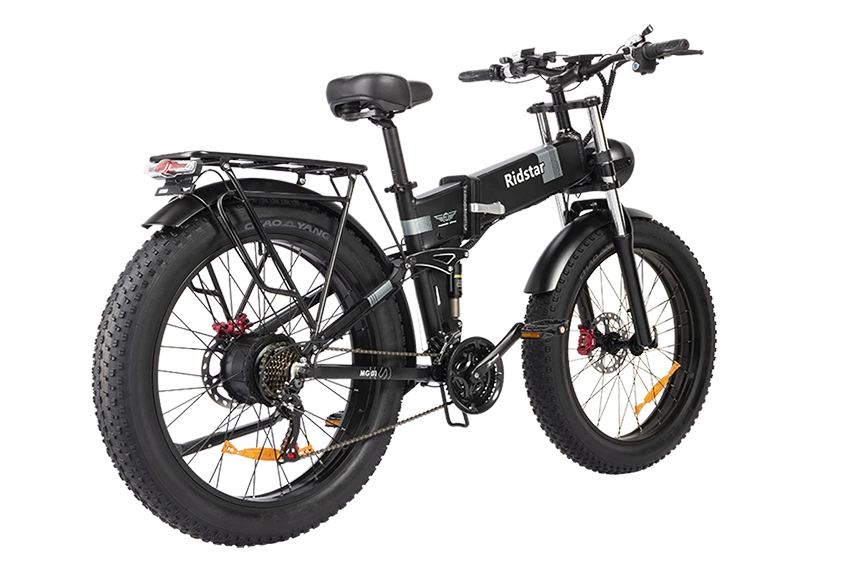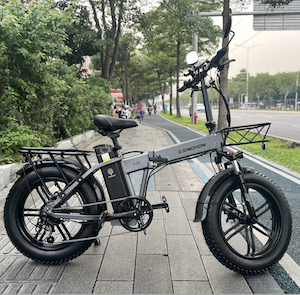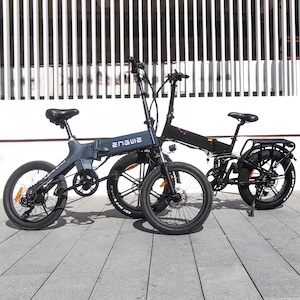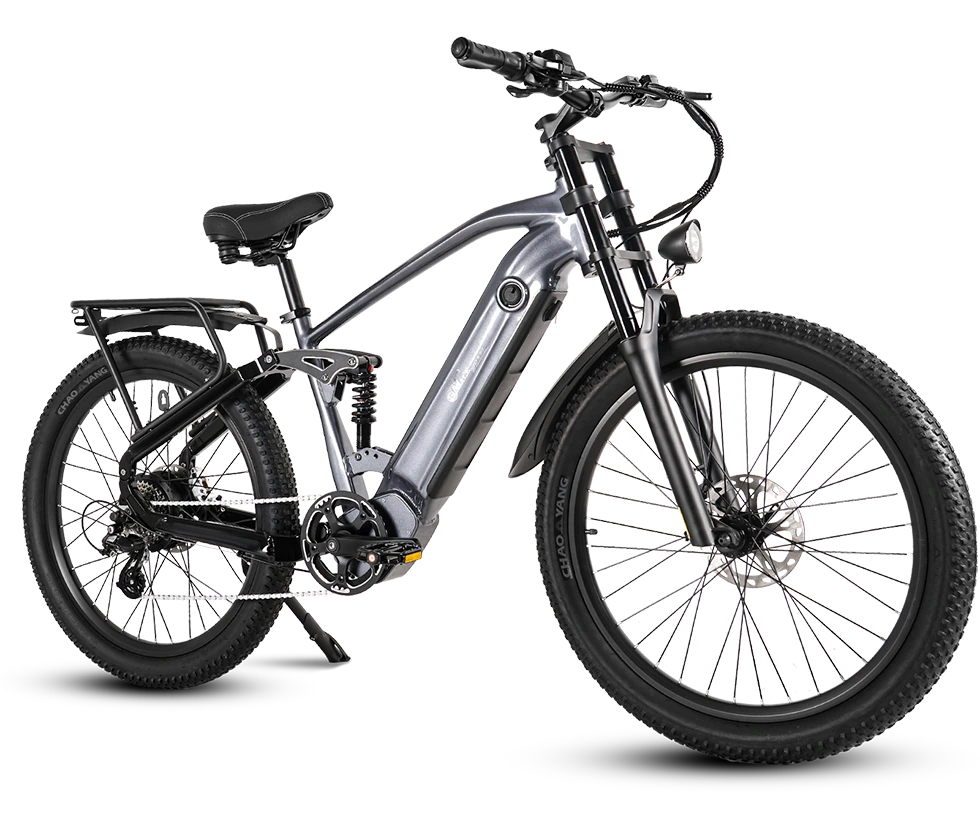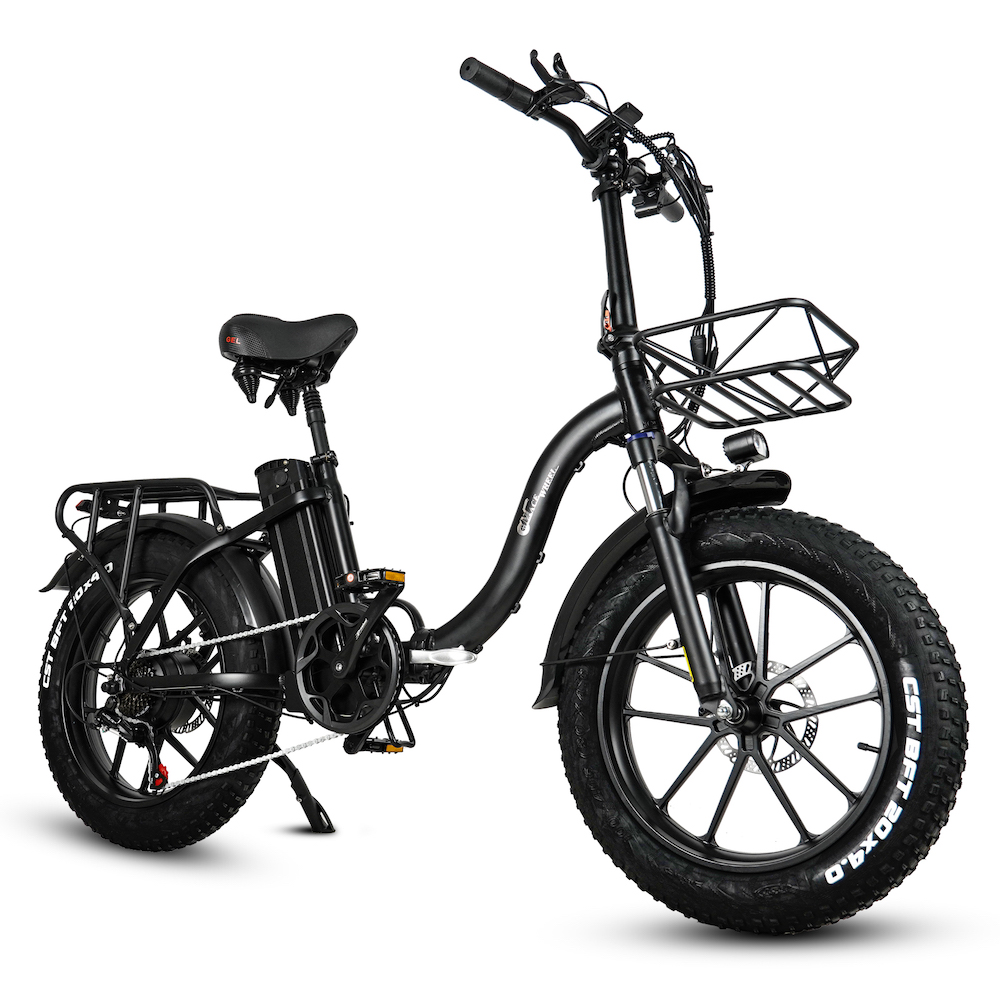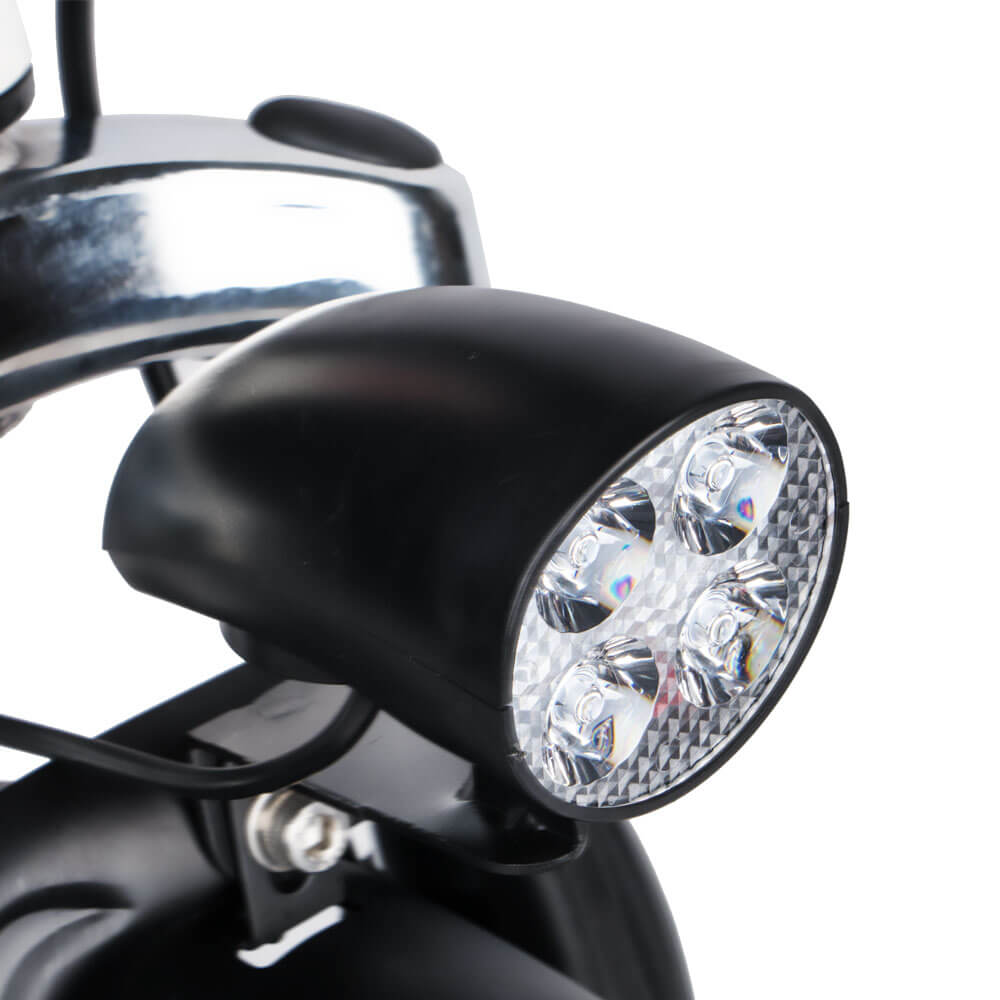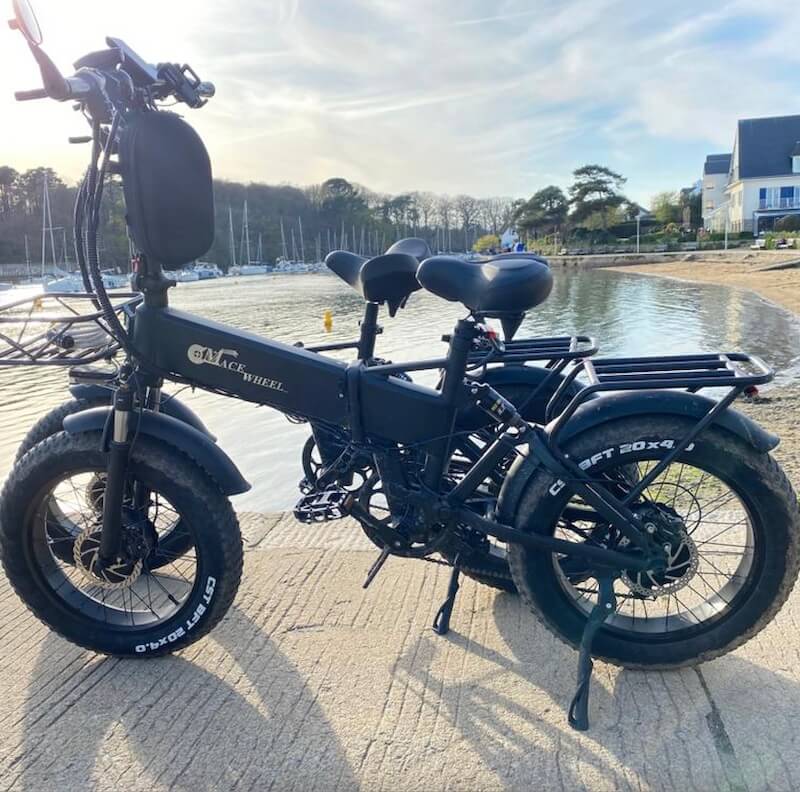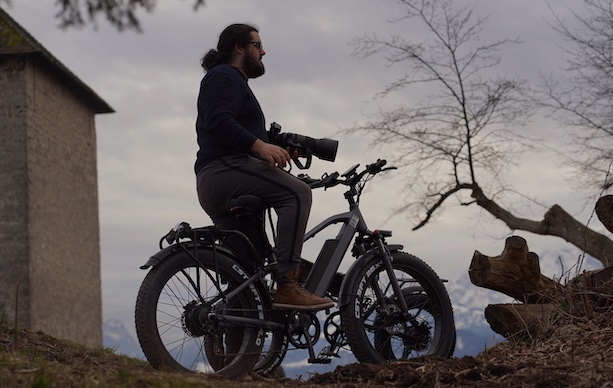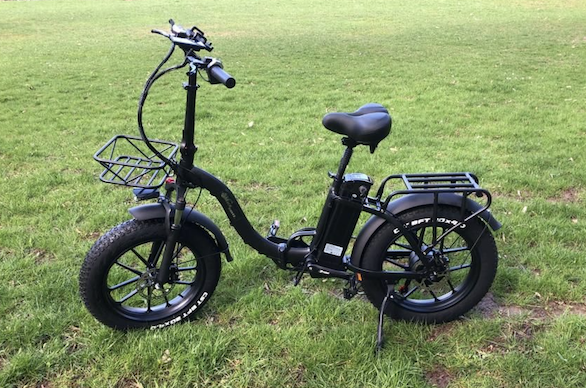Blog
Dual Motor vs Single Motor E-Bikes: Making the Right Choice
In the realm of electric bikes, Dual Motor and Single Motor e-bikes stand as the two primary options. Within our product range, the AWD III (Dual Motor) and the CORE (Single Motor) exemplify this key distinction. Selecting between them can be a challenging task, which is why it is essential to meticulously assess the advantages and disadvantages of each variant before finalizing a purchase. In this blog post, we will conduct a comprehensive exploration of both dual motor and single motor e-bikes to assist you in determining the most suitable one for your specific requirements.
When it comes to e-bikes, there is often a prevalent debate and a certain degree of confusion regarding which type is more appropriate for particular lifestyles. While both models possess their own set of merits and drawbacks, numerous riders find themselves in a quandary, uncertain about which option is the optimal choice for them. It is crucial to bear in mind that, although both types offer an enjoyable and convenient riding experience, the decision of choosing an e-bike should not be solely based on the price tag of the most expensive product. Instead, the focus should be on identifying the model that aligns with your needs and promotes the highest level of enjoyment and ease of use.
The Pros and Cons of Dual Motor E-Bikes
Pros
- Power: The most prominent and highly coveted advantage of a Dual Motor Ebike is the substantial augmentation in pickup, torque, and top-end speed that accompanies the presence of a second motor. Taking our AWD III as a prime example, it effectively doubles the power output. With two 1000-watt motors, it can effortlessly conquer the majority of terrains. This enhanced power output translates into greater speed and a swifter 0 - 30 mph acceleration.
- Uneven Terrain: For those new to e-bikes, it might come as a revelation that the additional power is not the principal factor enabling a dual motor e-bike to handle more challenging terrains. The off-road proficiency stems from the fact that the front tire is equipped with its own independent power source, allowing it to rotate autonomously. For instance, when the rear tire becomes stuck in a hole or rut, the front tire can generate sufficient traction to extricate the bike. Consequently, even if one wheel encounters extremely rough terrain that it cannot surmount alone, the other wheel can find a more stable surface to gain traction. This is particularly beneficial when traversing dirt paths or soft sand on the beach.
- Steep Hills/Incline: Another form of "rough terrain" where a dual motor e-bike truly excels is on steep hills and inclines. While the augmented power undeniably contributes to this advantage, it may not be widely known that it is not the sole reason. Similar to its performance on uneven terrain, a significant factor is the independent rotation of each tire. The rear motor functions to "push" the rider uphill, while the front motor "pulls," thereby significantly minimizing the speed reduction that is commonly experienced by many e-bikes on slopes. This enables the rider to ascend at a speed closer to the bike's maximum.
Cons
- Price: Motors are among the most costly components of an electric bicycle. As a result, a dual motor e-bike incurs a substantially higher upfront cost and, in the long term, demands greater maintenance expenditure. This is the primary reason for the price disparity between the AWD III and the CORE. The utilization of premium industry-standard motors is far from inexpensive. Moreover, despite their high quality, after prolonged and heavy use, wear and tear are inevitable, and the owner must bear the cost of ensuring that both motors operate at their peak performance levels.
- Battery Drain: Greater power consumption necessitates more energy. It is vital to recognize that when operating at optimal performance and power output, a dual motor e-bike will deplete its battery more rapidly. Although most dual motor e-bikes (including ours) are equipped with larger AH batteries to store more energy, this can only mitigate the issue to a certain extent. Frequent or continuous use of dual motors will inherently drain the stored energy at a faster rate. Fortunately, our e-bikes are equipped with a switch that allows for the selection between dual and single motor modes. We, therefore, recommend using the dual motor mode judiciously, only when it is truly necessary.
- Weight: The addition of a second motor significantly increases the overall weight of the e-bike. Not only is the motor itself heavy, but to ensure safe operation of an e-bike with such substantial power, the tires also require additional weight to maintain stability and firm contact with the ground. The AWD III, for example, weighs 95 pounds. This added weight can pose difficulties when attempting to load it into a car, mount it on a hitch, carry it up stairs, or maneuver it in a confined space. Additionally, the weight has an impact on the rider's experience. A heavier bike imparts a more cumbersome feel during riding, although this aspect can be either an advantage or a disadvantage depending on the rider's specific needs and lifestyle.
The Pros and Cons of Single Motor E-Bikes
Pros
- Price: Although this aspect can be inferred from the discussion on the price of dual motor e-bikes, it remains the most significant advantage of opting for a single motor e-bike. Given the high cost of e-bike motors, having only one motor considerably reduces the purchase price. This also translates into lower future maintenance costs, as there is only one motor to maintain in peak condition. From a technical perspective, it is inherently easier for e-bike technicians to service a single motor e-bike, as there are fewer electrical components to inspect, which in turn can lead to reduced labor costs.
- Weight: The presence of a single motor results in a considerably lighter e-bike. As previously mentioned, not only is the weight of the second motor eliminated, but also the need for excessive tire weight to maintain traction is diminished. The CORE model we offer weighs a mere 65 pounds (55 pounds when the battery is removed). This makes it substantially more convenient to transport, whether it is loading it into a car, attaching it to a hitch, or carrying it up stairs into your home. The difference in weight also has a notable impact on the riding experience. A lighter e-bike offers a more "agile" feel. It allows for sharper turns and greater ease in using the rider's body weight to control and maneuver the bike.
- Ease/Simplicity: While many of the points in this section have been touched upon in previous discussions, it is nonetheless important to emphasize. A single motor e-bike is highly practical and well-suited for daily commuting. It presents fewer concerns in terms of maintenance, is more manageable when not in use, and possesses sufficient power and capabilities to handle and assist the majority of riders in their daily tasks. A single motor e-bike, particularly the CORE model, is an excellent choice for first-time e-bike purchasers. It is a practical, cost-effective, and straightforward option that can enhance one's daily life.
Cons
- Power: By its very nature, a single motor will always have less power compared to two motors of the same wattage. This implies a compromise in terms of top-end speed, pickup, and torque. The CORE model, for instance, has a maximum speed of 31 - 32 mph, whereas the AWD III can reach speeds of up to 34 - 36 mph. Additionally, the acceleration from 0 - 30 mph will take longer to achieve (it should be noted that this acceleration is measured in seconds, not minutes).
- Rough Terrain: Although the CORE model is capable of traversing most rough terrains, on steep inclines and uneven surfaces, riders will notice a reduction in speed during their journey. In contrast to the AWD III, which can maintain high speeds on soft sand, uneven dirt trails, and steep inclines, the CORE will experience speed decreases in such terrains. Much of this is attributable not to a lack of power but rather to the absence of the push/pull effect that is characteristic of dual motor e-bikes.
- Towing: If the rider is of a larger build or intends to use the e-bike for towing heavy loads or carrying multiple passengers, a single motor e-bike may not possess sufficient power to meet these requirements. Although both of our models are designed to carry two riders at peak performance, if you plan to have your children or a partner ride along, or if you intend to attach a trailer to transport supplies to the beach, you will likely require more power. In such scenarios, a dual motor e-bike like the AWD III will be able to handle these tasks with greater efficiency.
In conclusion, when choosing between a dual motor and a single motor e-bike, it is essential to consider various factors beyond just price and performance. Your individual riding needs, typical usage scenarios, and personal preferences all play a crucial role in making the right decision. By carefully evaluating these aspects, you can select the e-bike that not only meets your practical requirements but also provides an enjoyable and convenient riding experience.
